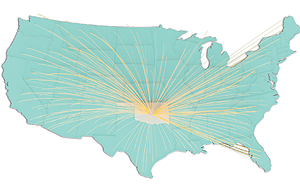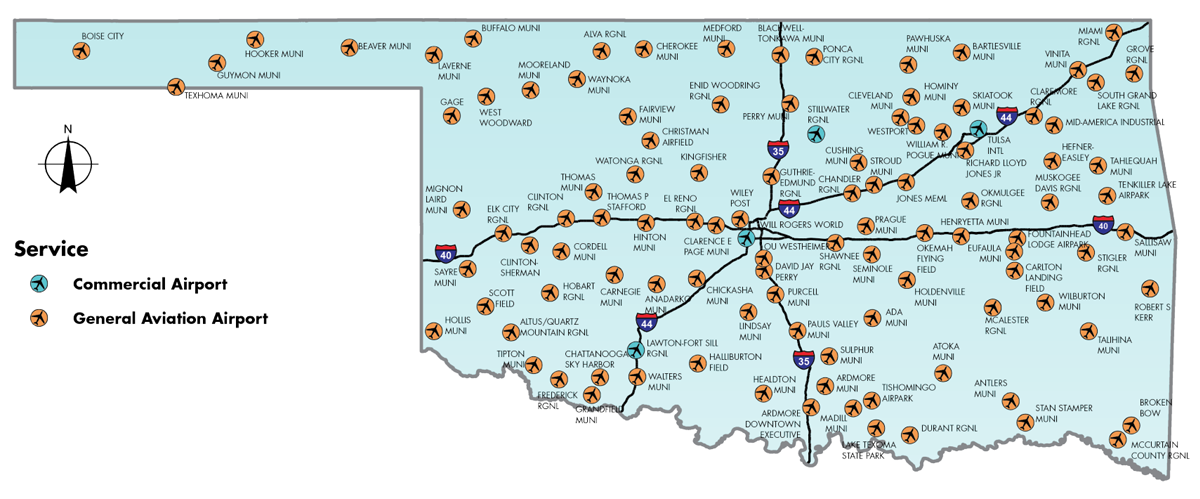
Sept. 13, 2017
Oklahoma Gov. Mary Fallin recently announced the findings of the Oklahoma Aviation & Aerospace Economic Impact Study, which showed that aviation and aerospace is the second-largest economic engine in the state.
The study found that almost $44 billion in annual economic activity is being produced in the sector, supporting 206,000 jobs and an $11.7 billion payroll.
Fallin is a longtime supporter of aviation, and a featured speaker at NBAA’s 2015 convention in Las Vegas. “As governor, I know that one of the top reasons that a business may look at or choose Oklahoma or a particular community is the presence of having a general aviation airport,” she noted during her address to attendees.
“Aviation and aerospace is extensive in Oklahoma – it includes the 109 public airports that comprise the state system, the tenants on those airports such as American Airlines and the FAA Monroney Aeronautical Center; the three Air Force bases; and off-airport aerospace businesses like Boeing, NORDAM and FlightSafety,” said Oklahoma Aeronautics Commission (OAC) Director Victor Bird. “This study provides the foundation for system planning and future investment in our airport system for decades to come.”
Steve Hadley, NBAA’s regional program director added, “These economic impact studies paint a much more realistic picture of the importance of business aviation and airports to the public and our elected officials.”

The study, coordinated by the OAC, concluded that in the more than 20 years since the last state aviation and aerospace study, the footprint of aviation and aerospace in the state has grown 250 percent. The study took an in-depth look at certain sectors within aviation, including agricultural aviation, aviation education, emergency medical and healthcare supported by aviation and the unmanned aircraft systems industry.
One of the unique facets the study detailed how many Oklahoma companies were able to improve their efficiency through their use of aviation. The goal was to “put a face” on each airport so that the general public would have a better understanding of all the benefits that are supported by the day-to-day operation of Oklahoma’s public airports.
“Business aviation enables these companies to be more efficient and competitive, by allowing them to make multiple stops in one day, to conduct meetings with team members en route, to access markets in communities with little or no airline service, and to make critical face-to-face meetings where contracts can be concluded with a handshake,” said Hadley.
The goal of the study was to “put a face” on each airport so that the general public would have a better understanding of all the benefits that are supported by the day-to-day operation of Oklahoma’s public airports. Airports will be provided with an individualized report documenting their impacts prior to a training session on Sept.15 in Oklahoma City.
